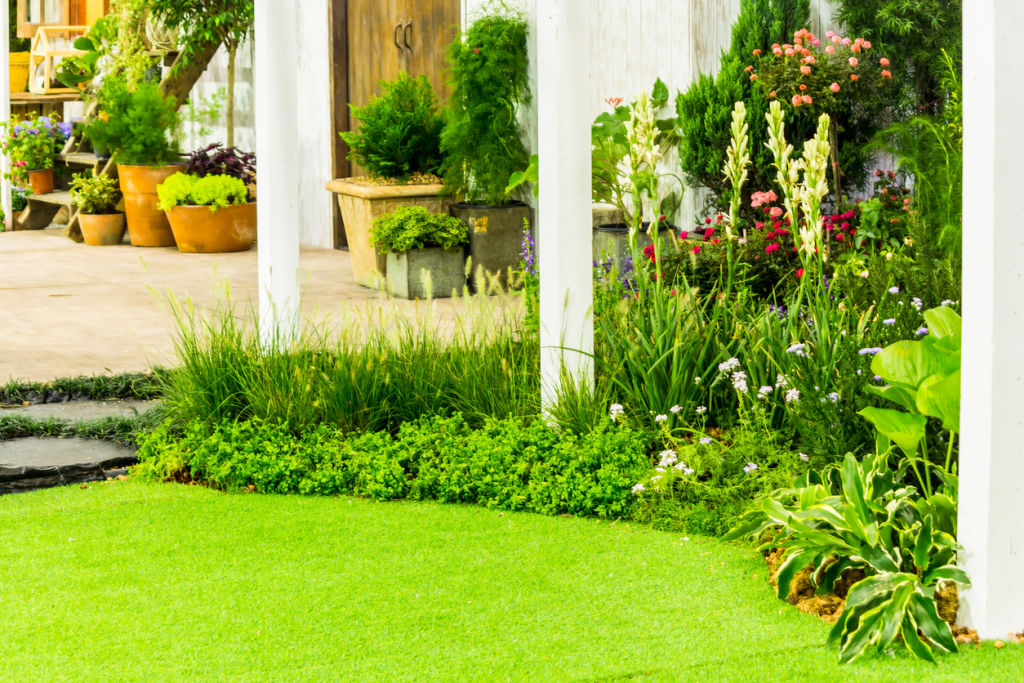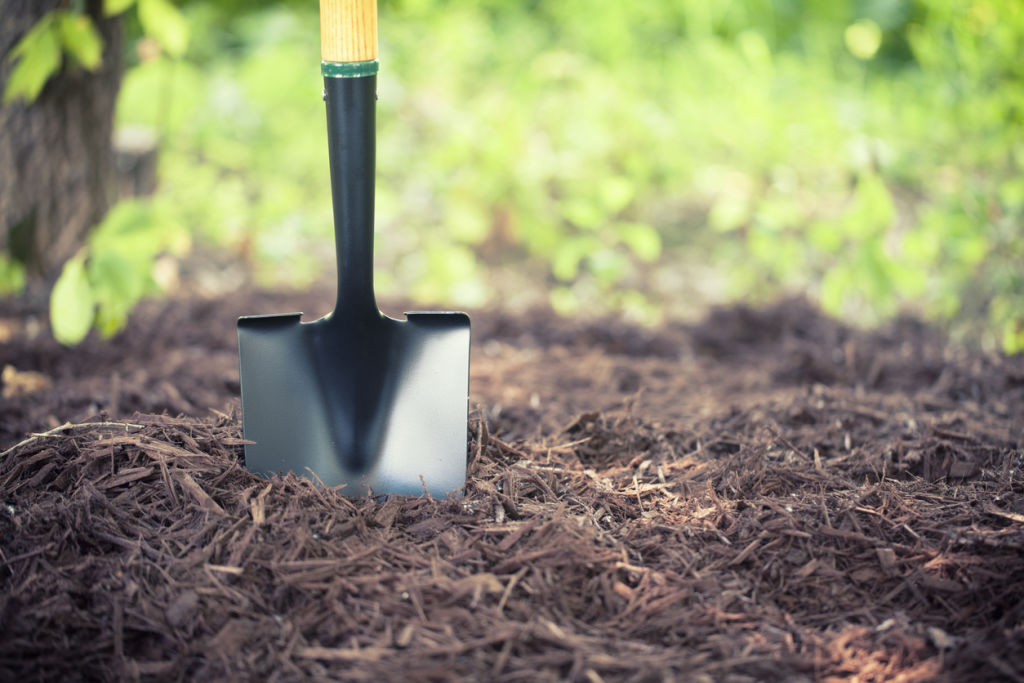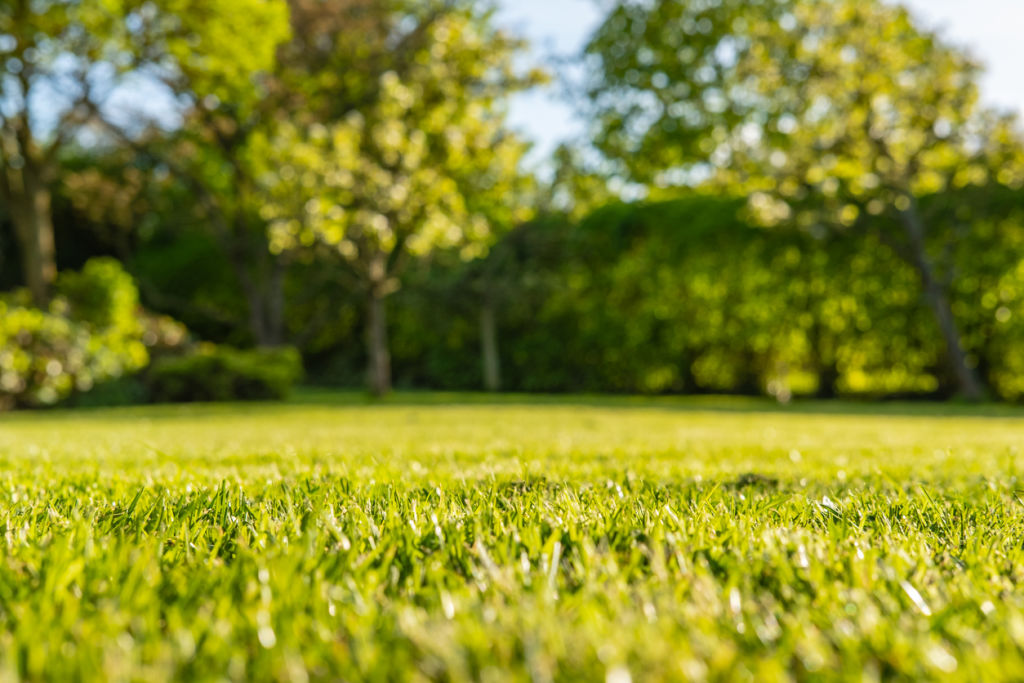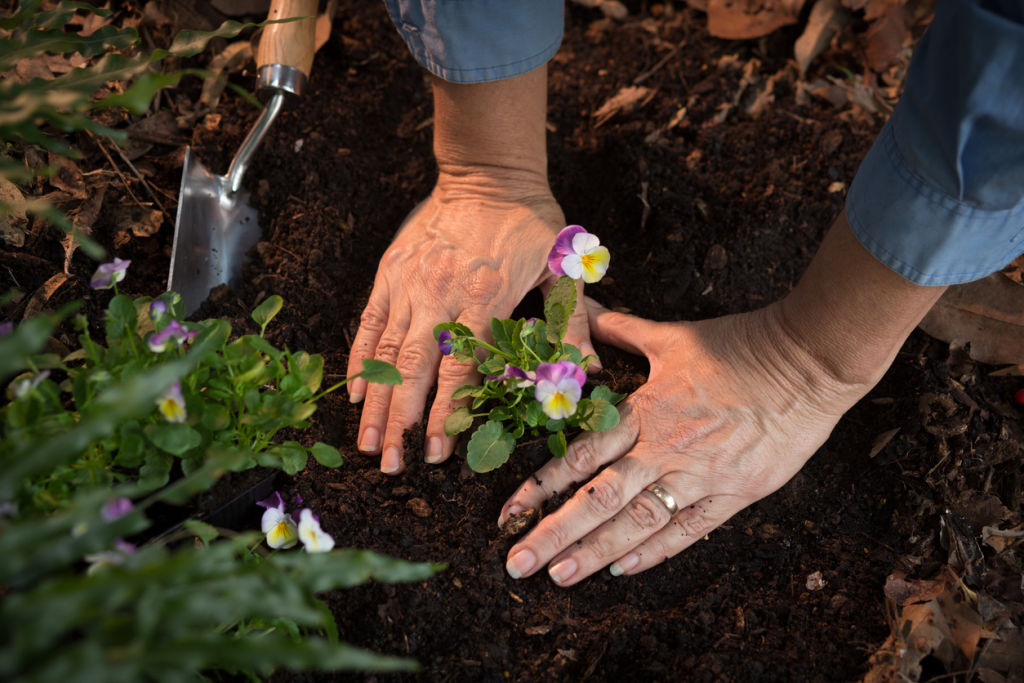10 gardening tricks I've learnt over a decade of growing and sowing

This is my 12th year of sharing my top and flop crops each month so I can say with some authority that no-one is better qualified at succeeding – or failing – in the vegetable patch than me.
There are very few edible crops I haven’t tried to grow in that time, and what I’ve learned along the way is that what works in one garden doesn’t necessarily work in another.
In my former city garden, I grew an embarrassment of huge, juicy, organic “Black Krim” tomatoes – so many that even the blackbirds couldn’t keep up, and dozens rotted on my potager path – whereas in almost a decade of country gardening, I’m yet to grow a single full-sized tomato to maturity.
In the city, I couldn’t grow parsnips, leeks or Brussels sprouts, but in the country – thanks to the hard frosts that linger in my low-lying vegetable garden – these winter favourites flourish.
You can’t win them all but there are some tried-and-true tips that make vegetable-growing easier regardless of the size of your plot and your local microclimate.
These are the rules I grow by.

1. Work out a weeding strategy before you plant
In a small garden, you might want to reduce the spacing between individual veggie seedlings, and crop rows, to crowd out competing weeds.
- Related: How to know if something is wrong with your compost
- Related: Indira Naidoo’s guide to growing edible blooms
- Related: Why houseplants could detect common home hazards
In a larger garden, take the opposite approach and open up the gaps between rows to accommodate a push hoe, so you can whip up and down the rows to quickly knock out emerging weeds.
2. Organic or permaculture?
If you plan to be fully organic or use permaculture principles, invest in a soil test to see if there are any deficiencies that need remedying with trace elements.
Homegrown compost — even trailerloads of it — can only return what’s already there to the soil.

3. If you’re going away…
Plan your veggie garden around your absence.
If you’re going to be away for three weeks, delay direct sowing of quick maturing crops, such as radishes, dwarf beans, spinach and mesclun salad, until the week before you depart, so you don’t waste anything.
Don’t sow seeds in pots or trays if you’re not going to be home to cosset them along prior to transplanting.
4. Resist impulse buys
Take a shopping list to the garden centre, just as you would when going to the supermarket. Then stick to it!
This way, if the seedlings you want aren’t available, you can substitute for seeds, or vice versa, rather than just buying whatever happens to be looking good (or unsold) on the day.
5. If you must use sprays…
Seek out low-tox biocontrols over chemical insecticides. Fight nature with nature.
For instance, white cabbage butterfly caterpillars, guava moth and codling moth larvae can be controlled organically with Kiwicare’s Organic Caterpillar Bio-Control, which is BioGro-certified and uses the naturally occurring soil bacteria Bacillus thuringiensis kurstaki to give caterpillars a fatal gut ache. It only hurts caterpillars and has no withholding period.
Incidentally, thinning apples so they aren’t touching significantly reduces fruit damage from codling moth larvae.

6. More fertiliser doesn’t mean healthier plants
Stick to the guidelines on the packet. Overfeeding encourages leaf growth at the expense of fruit and flowers.
Lush, leafy foliage also needs more water in summer and attracts sap-sucking bugs like aphids.
7. Mulch! Mulch! Mulch!
Healthy plants are less susceptible to attack than stressed plants.
Mulch edible crops as well as ornamental trees and shrubs. Fruiting crops such as tomatoes appreciate the extra soil moisture and insulation from temperature extremes provided by a generous layer of mulch in summer.
Lay mulch after heavy rain, or after a long, slow soaking of the soil.
8. Watering is crucial
Without a consistent level of moisture, lettuces turn bitter, beans stop producing pods and tomatoes, eggplants and zucchini are susceptible to blossom end rot (a calcium deficiency exacerbated by fluctuations in water flow).
A good deep soak once a week, and mulching, does a world of good, whereas a daily light shower only serves to encourage shallow rooting, making plants susceptible to drought stress.

9. Be realistic
Think about both what you grow and what your family will eat.
If you don’t like silverbeet, don’t plant a whole bed of it (unless you have chooks; they love it). Ditto courgettes and cucumbers in summer.
If your garden is hit by hard winter frosts, avocados aren’t for you.
And by all means, plant a pomegranate for its novelty value, but don’t expect it to ever fruit!
10. Share your surplus or freeze it
As a guide, if it’s available in the frozen section at the supermarket, it’s worth doing at home.
Rinse, pat dry and pack (raw or blanched) into family-sized portions in freezer-safe plastic bags.
Crops that don’t thaw out well can still go in the freezer to add flavour to soups and stews.
– This originally appeared on Stuff
We recommend
States
Capital Cities
Capital Cities - Rentals
Popular Areas
Allhomes
More
- © 2025, CoStar Group Inc.







